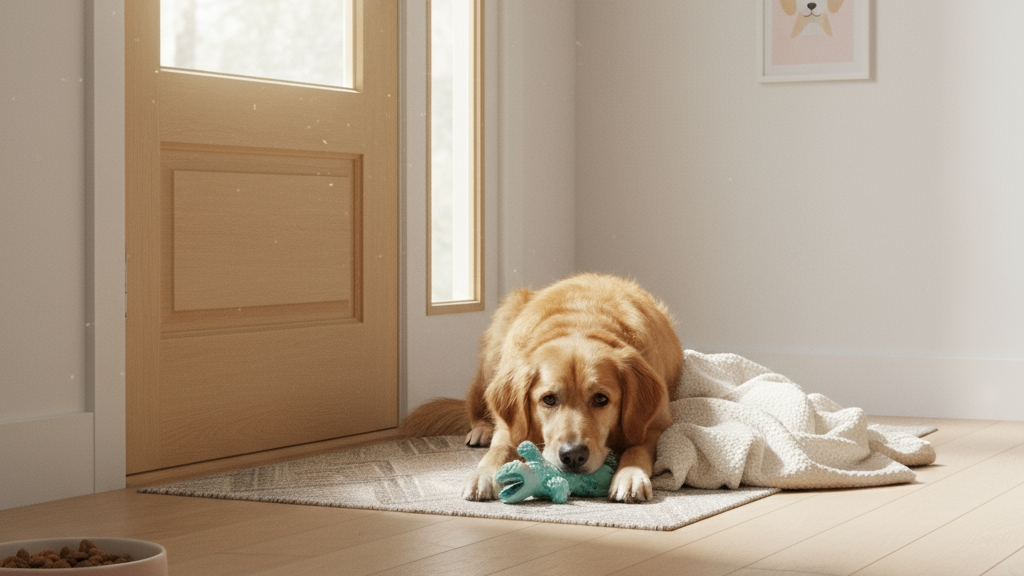If your dog starts barking, whining, or chewing furniture as soon as you leave the house, it may be a sign of separation anxiety. This condition is very common and can affect dogs of all breeds and ages, especially those living in smaller apartments where they feel more confined.
The good news is that with the right methods and tools, you can help your dog feel calm and safe even when you are away.
Signs of Separation Anxiety in Dogs
Not every dog that dislikes being alone suffers from separation anxiety. However, you should be concerned if you notice these behaviors:
Excessive barking or howling when left alone
Destructive chewing of doors, furniture, or shoes
Pacing, drooling, or panting before or during your absence
Attempts to escape from crates or rooms to find you
If these behaviors happen consistently, it is time to take action.
Why Dogs Develop Separation Anxiety
Change in routine such as moving to a new home, changes in schedule, or a new family member
Trauma or past abandonment, which is very common in rescue dogs
Breed tendencies, as some breeds like Labrador Retrievers and Border Collies are more prone to anxiety
Over attachment to owners which makes it hard for them to cope when left alone
Effective Ways to Keep Your Dog Calm
1. Gradual Desensitization
Start by leaving your dog for very short periods and then slowly increase the time.
Reward your dog for calm behavior each time you return.
2. Safe Space and Comfort Items
Create a calm area with favorite toys, a blanket, or an item that carries your scent.
Helpful products include:
- MidWest Cozy Dog Crate
- KONG Comfort Blanket
3. Interactive and Puzzle Toys
Provide toys that keep your dog mentally active while you are away.
Recommended options:
- KONG Classic Dog Toy filled with treats
- Outward Hound Hide A Squirrel Puzzle
4. Calming Treats and Supplements
Some dogs respond well to calming chews or supplements that contain ingredients like L theanine, chamomile, or CBD if approved by a vet.
Popular choices include:
- Zesty Paws Calming Bites
- Vet’s Best Calming Dog Chews
5. Background Noise
Leave soft music or the television on to reduce feelings of isolation.
You can also use dog specific playlists or white noise machines.
When to Seek Professional Help
If your dog continues to suffer despite your efforts
If your dog injures itself or others during episodes of anxiety
If stronger solutions such as vet prescribed medication are required
In these cases, consulting a veterinarian or a certified dog behaviorist is the best step.
Final Thoughts
Separation anxiety is stressful for both dogs and owners, but it can be managed with patience and consistency. A calm environment, mental stimulation, comforting items, and in some cases calming products can make a big difference.
Remember that progress takes time. Even a few minutes of calm behavior is worth celebrating. With consistent effort, your dog can learn that being alone does not have to be frightening, giving you both peace of mind.

